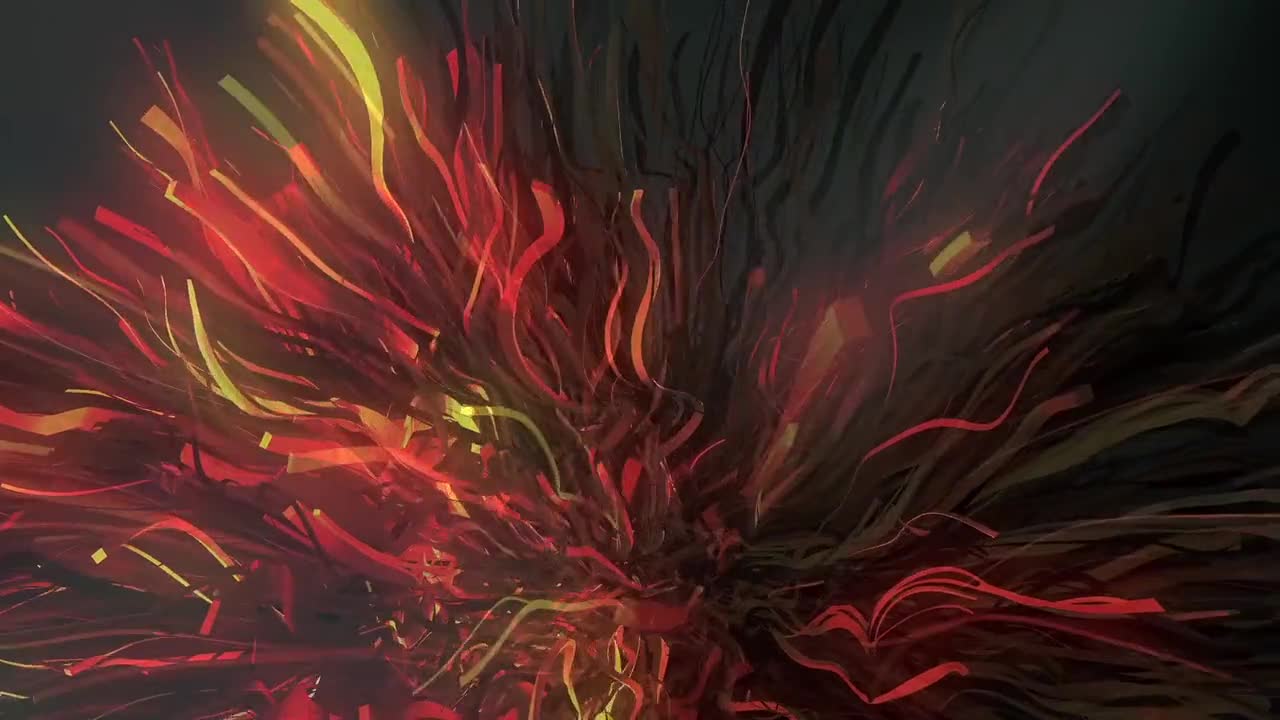Premium Only Content

You wil shock after...😳😳
From the perspective of an Earthling, outer space is a zone that occurs about 100 kilometers (60 miles) above the planet, where there is no appreciable air to breathe or to scatter light. In that area, blue gives way to black because oxygen molecules are not in enough abundance to make the sky blue.
Further, space is a vacuum, meaning that sound cannot carry because molecules are not close enough together to transmit sound between them. That's not to say that space is empty, however. Gas, dust and other bits of matter float around "emptier" areas of the universe, while more crowded regions can host planets, stars and galaxies.
No one knows exactly how big space is. The difficulty arises because of what we can see in our detectors. We measure long distances in space in "light-years," representing the distance it takes for light to travel in a year (roughly 5.8 trillion miles, or 9.3 trillion kilometers).
From light that is visible in our telescopes, we have charted galaxies reaching almost as far back as the Big Bang, which is thought to have started our universe 13.7 billion years ago. This means we can "see" into space at a distance of almost 13.7 billion light-years. However, astronomers are not sure if our universe is the only universe that exists. This means that space could be a lot bigger than it appears to us.
-
 0:06
0:06
procatsimba
3 years agoYou can't eat after six!
48 -
 1:08:32
1:08:32
The Charlie Kirk Show
2 hours agoTHOUGHTCRIME Ep. 72 — Self-Sterilizing Libs? 2032 Armageddon? Worst Super Bowl Ever?
54.8K14 -
 1:14:02
1:14:02
Donald Trump Jr.
8 hours agoThe USAID Truman Show, Interview with Mike Benz | Triggered Ep.214
124K159 -
 LIVE
LIVE
Precision Rifle Network
1 day agoS4E4 Guns & Grub - You Can't Handle The Truth!
322 watching -

Flyover Conservatives
21 hours agoSick, Tired, & Foggy? The TRUTH About What’s Living in Your Gut! - Dr. Jason Dean | FOC Show
16.6K1 -
 34:24
34:24
Kimberly Guilfoyle
8 hours agoFaith, Fairness, and a Better Future: Live w/ Joy Pullmann & Elizabeth Mitchell | Ep.194
124K30 -
 1:12:20
1:12:20
Josh Pate's College Football Show
6 hours ago $0.28 earnedBig CFB Changes Coming | DeBoer Fixing Alabama | Signing Day Reaction | OhioSt vs Michigan Shift
39.8K2 -
 59:39
59:39
The StoneZONE with Roger Stone
3 hours agoEXCLUSIVE: James O'Keefe Talks to Roger Stone About Dropped Charges Against Him | The StoneZONE
31.6K2 -
 1:48:10
1:48:10
megimu32
3 hours agoON THE SUBJECT: Comedian LOSES It At Heckler!
19.4K1 -
 1:17:13
1:17:13
Redacted News
7 hours agoTRUMP IS BURNING IT ALL DOWN AND DEMOCRATS WANT HIM IMPEACHED AGAIN, USAID ROT GOES DEEP | Redacted
167K357